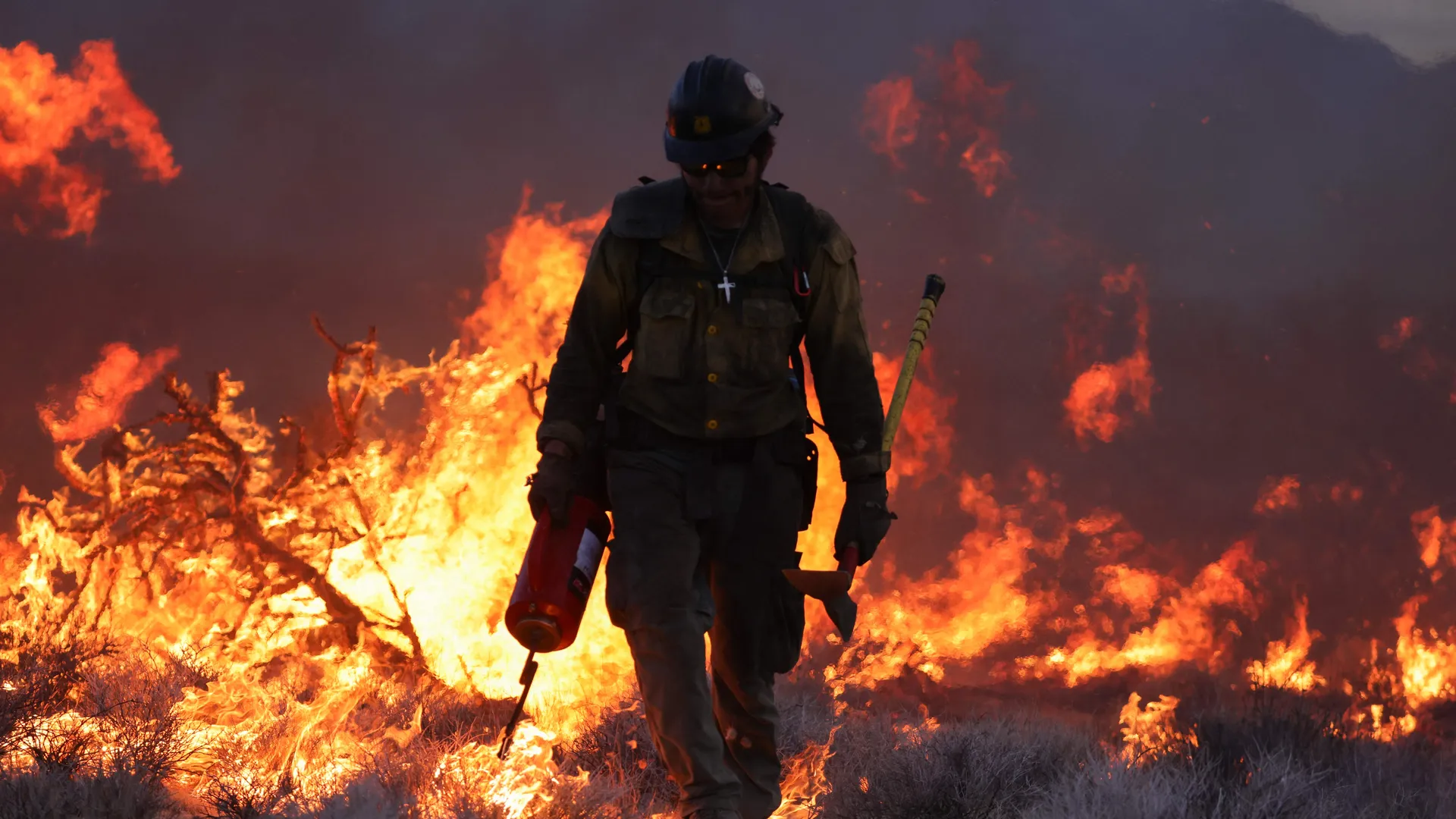In a distressing turn of events, the serene expanse of Carara National Park was recently engulfed in flames, a disaster attributed to the reckless actions of illegal hunters within the protected area. This incident, unfolding over several days until March 15, saw the Central Pacific Conservation Area’s (ACOPAC) Forest Firefighters grappling with a wildfire that stretched an estimated 3 km in perimeter, challenging their efforts at every turn.
A Fire Fueled by Folly
The National System of Conservation Areas (SINAC) has pointed fingers at unlawful hunting activities as the ignition point for the blaze. The complexities of combating this fire were amplified by the park’s uneven terrain, unpredictable winds, and the emergence of multiple fire outbreaks. Despite the creation of extensive firebreaks and the management of secondary outbreaks, the firefighters faced a daunting battle against the advancing flames.
The Threat to Carara’s Heart
The inferno posed a dire threat to the core of Carara National Park, with both its secondary and primary forests at imminent risk. The biodiversity-rich ecosystem, a treasure trove of flora and fauna, stood on the brink of irreversible damage. Despite valiant efforts and the aiding hand of nature through timely downpours, the firefighting team had to escalate the situation to a Level 3 Emergency, calling for additional personnel and resources to combat the voracious flames.
The Human Hand in Forest Fires
The SINAC’s Forest Fire Program sheds light on a sobering statistic: a staggering 98% of forest fires are ignited by human activities. Whether through agricultural burns, acts of vandalism, negligence, or outright environmental crimes, the human hand has been all too prevalent in sparking these devastating events. The tragedy at Carara National Park is a stark reflection of this trend, with illegal hunting activities adding fuel to the fire, both literally and figuratively.
Legal Repercussions and Environmental Assessments
In response to this calamity, SINAC is preparing to lodge a formal report with the Judicial Investigation Agency (OIJ). This step is crucial for evaluating the fire’s origins and gathering evidence to hold the responsible parties accountable. The aftermath of the fire will also see environmental authorities embarking on a meticulous assessment to quantify the economic cost of the environmental damages inflicted by this arson attack.
A System on Alert
The Ministry of Environment and Energy (MINAE) has been proactive in implementing a Permanent Alert System, aiming to mitigate the risk of forest fires across the country. This system is designed to provide a prompt and effective response, safeguarding biodiversity, infrastructure, heritage sites, and the well-being of the population. Through this initiative, MINAE underscores its commitment to reducing the likelihood and impact of forest fires, emphasizing the crucial role of prevention and preparedness in the face of human-induced environmental threats.
As the smoke clears over Carara National Park, this incident serves as a grim reminder of the consequences of human recklessness on nature’s sanctuaries. The collective efforts of firefighters, environmental authorities, and the community are paramount in healing the wounds inflicted on the park and preventing future tragedies. The blaze at Carara underscores the urgent need for awareness, responsibility, and action in preserving our planet’s precious natural resources.


1 comment
[…] Source link […]